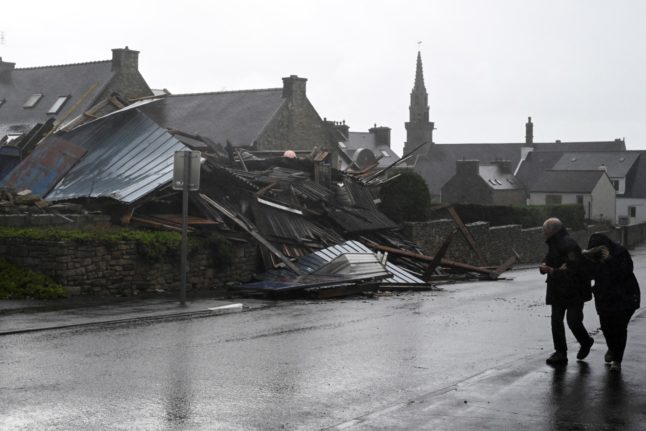What is an EHIC?
The European Health Insurance Card basically means EU countries picking up the tab for medical costs of each other's citizens while they are visiting.
It's intended for emergency or unplanned medical treatments and there's plenty that it doesn't cover, including cruises and the cost of repatriation so you should always have travel insurance as well for trips away.
What changes?
Since the UK left the EU its citizens are no longer covered by the scheme – however the trade deal published on Christmas Eve 2020 did contain some good news about EHICs.
UK nationals living in the UK and just visiting the EU can continue to use their existing EHIC cards until they expire. They then need to apply for a new card known as a GHIC – applications can be made online HERE.
UK nationals living in France can continue to use an EHIC only if they fall into one of the following groups;
- a UK State Pensioner or receiving some other exportable benefits, and you have a registered S1 form or E121
- a frontier worker (someone who works in one state and lives in another) and you've been one since before 1 January 2021, for as long as you continue to be a frontier worker in the host state, and you’re eligible for an S1 form or E106
- a worker posted to work in another EU country, Norway, Iceland, Liechtenstein or Switzerland by your UK employer, and you've been there since before 1 January 2021, where the country has agreed to let the posting continue
- an eligible family member or dependant of one of the above
- a UK student studying in the EU, Norway, Iceland, Liechtenstein or Switzerland, and you've been there since before 1 January 2021
These groups will all have to apply for a new card that specifies their right to it under the Withdrawal Agreement – more on how to do that HERE.
UK nationals living in France who do not fall into one of those groups need to apply for a French card, the carte européen d'assurance maladie or CEAM.
How to apply
First you need to be registered within the French healthcare system. Hopefully people who are full time residents in France are already registered within the system and have a carte vitale, but if not you can find out how to do it HERE.
Once registered within the system you can create an account on the online portal ameli.fr. This is useful for all sorts of things including keeping track of your claims, getting the latest health bulletins and downloading the attestation that shows you have up-to-date health cover in France.
Once registered on the site, head to the mes informations section. You will see the Carte européen d'assurance maladie section which, if you do not have one, gives you the option to order one. It will then be sent by post to the address you have registered.
The cards only last for two years, so you can also use this site to check the expiry date on yours and order another one if necessary.
This card will cover you for all trips within the EU, the EEA and Switzerland. It will also cover you should you need medical treatment on trips back to the UK – although as with the EHIC it doesn't cover everything and shouldn't be regarded as a substitute for travel insurance.



 Please whitelist us to continue reading.
Please whitelist us to continue reading.
Member comments